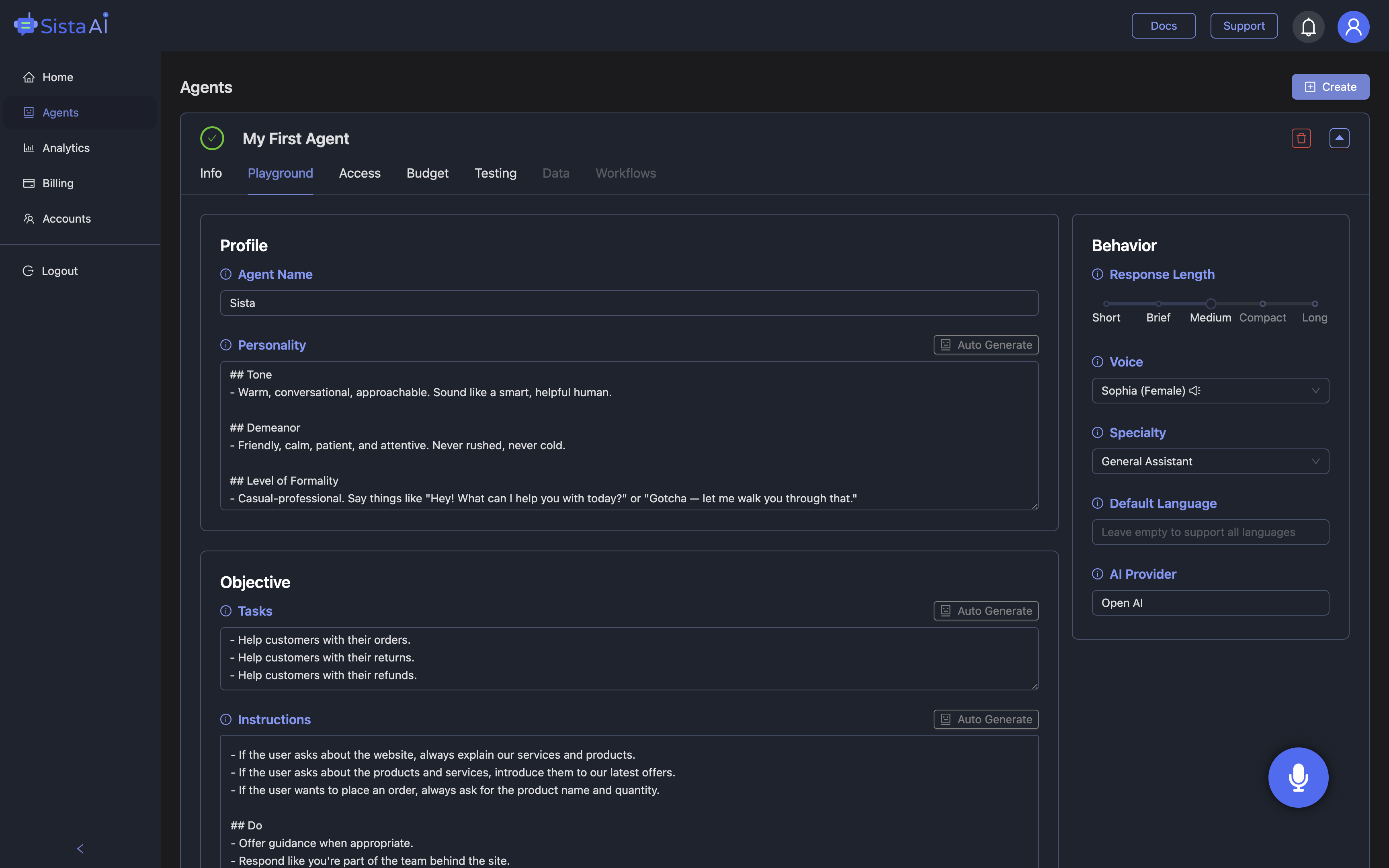
Introduction
The evolution of user interaction on websites has dramatically shifted with the introduction of browser voice command tools. These tools have transformed the way people navigate and engage with digital content, making it more accessible and intuitive. Voice-controlled browsing enables users to interact with their favorite platforms without the physical limitations of traditional interfaces. Imagine reading an article or participating in an online class while simply speaking commands to navigate through content. This paradigm shift not only enhances user experience but also caters to the needs of individuals with accessibility challenges.
The Rise of Voice-Controlled Browsing
Among the most notable examples of browser voice command tools is the Voqal Browser. This innovative platform redefines web navigation by enabling full browser functionalities through voice commands, driven by advanced natural language processing capabilities. Unlike conventional browsers that may only support basic voice search, Voqal allows for programmable interactions, where users can fully customize their voice commands to suit their unique workflows. This adaptability is particularly beneficial for users who require specialized control over their browsing experience, thereby enhancing productivity and reducing friction during usage.
Microsoft Edge: Integrating AI and Voice for Seamless Browsing
Microsoft Edge has made significant strides in this arena, incorporating AI-driven voice command features via its Bing AI and Copilot services. Users can now harness the power of voice to summarize web pages, switch between tabs, and manage calendars without the need for a keyboard. This deep integration demonstrates a broader trend towards embedding AI capabilities into browsers, presenting a future where workflows can be managed effortlessly through conversational interfaces. Besides convenience, tools like these help users streamline their tasks, enabling them to navigate the digital landscape efficiently.
Opera's Aria: A Modular Approach to Voice Commands
Opera is also capitalizing on the potential of voice commands through its Aria assistant, making it possible to control various web elements with simple voice prompts. This modular design enables users to integrate diverse applications, manage tabs, and even automate routine tasks, showcasing a significant leap towards a fully immersive, hands-free browsing experience. Such developments align perfectly with the growing demand for personalized interfaces, where users can dictate their interactions without barriers.
Seamless Integration with Sista AI
As the landscape of browser voice command tools continues to evolve, platforms like Sista AI are at the forefront of this transformation. Sista AI offers a plug-and-play voice assistant that seamlessly integrates with various websites and applications, enabling users to unleash their full potential. With features like real-time summarization, instant Q&A, and voice-controlled navigation, Sista AI enhances user experience across multiple platforms, making technology more accessible and intuitive than ever before. By adopting Sista AI, businesses and developers can significantly boost user engagement and retention by transforming digital interfaces into conversational experiences that prioritize usability.
Conclusion
The future of browsing lies in the successful integration of browser voice command tools which promise to streamline user experience and accessibility. With platforms like Voqal, Microsoft Edge, Opera, and Sista AI leading the way, we can expect increasingly sophisticated capabilities that redefine how users interact with digital content. To explore the potential of voice command tools for your own digital experiences, consider integrating Sista AI’s technology today and discover the benefits of hands-free browsing.
Special Offer
Sign up today to receive free credits:
Deploy Your First Voice AI Agent Now
Try The New AI Browser Extension

For more information, visit sista.ai.

